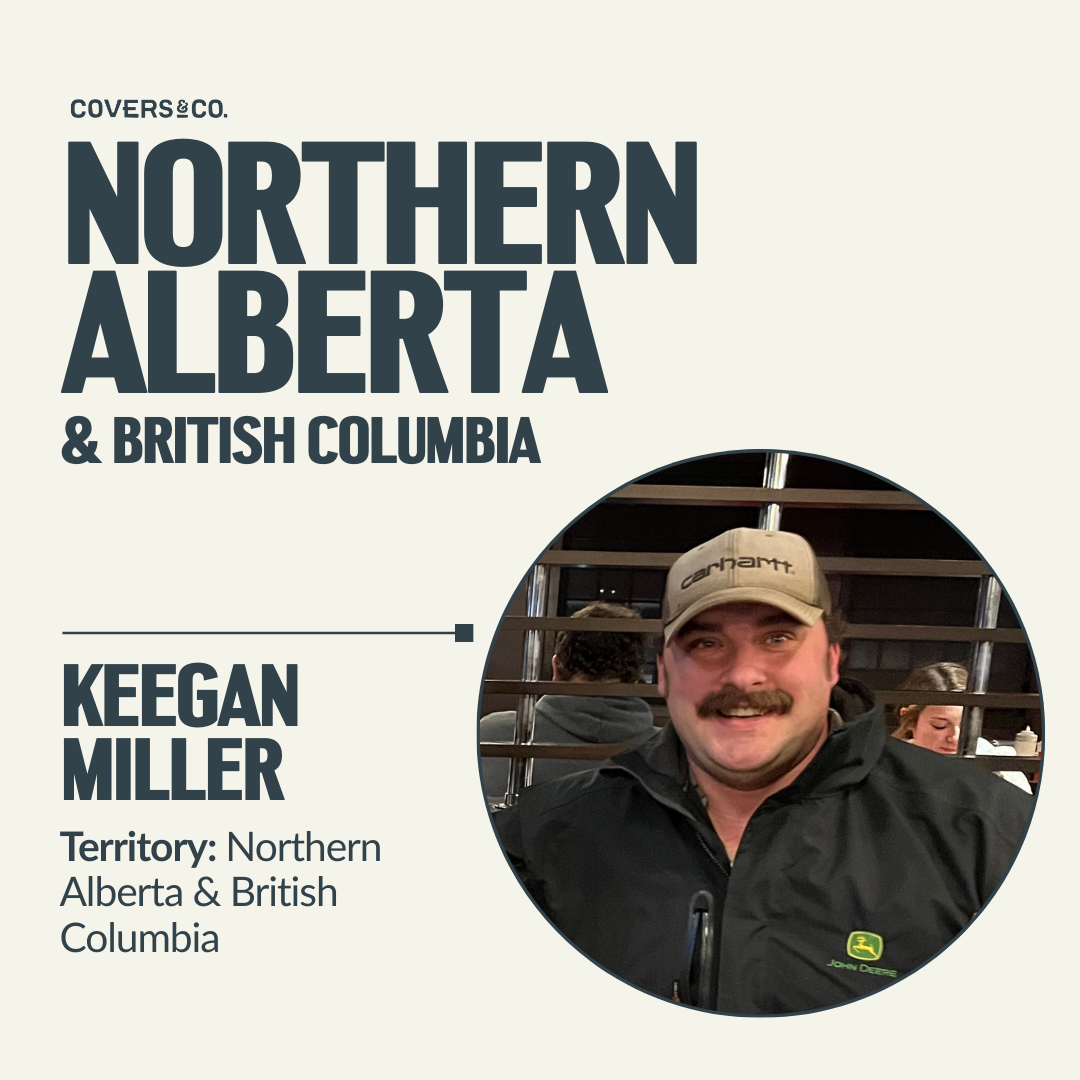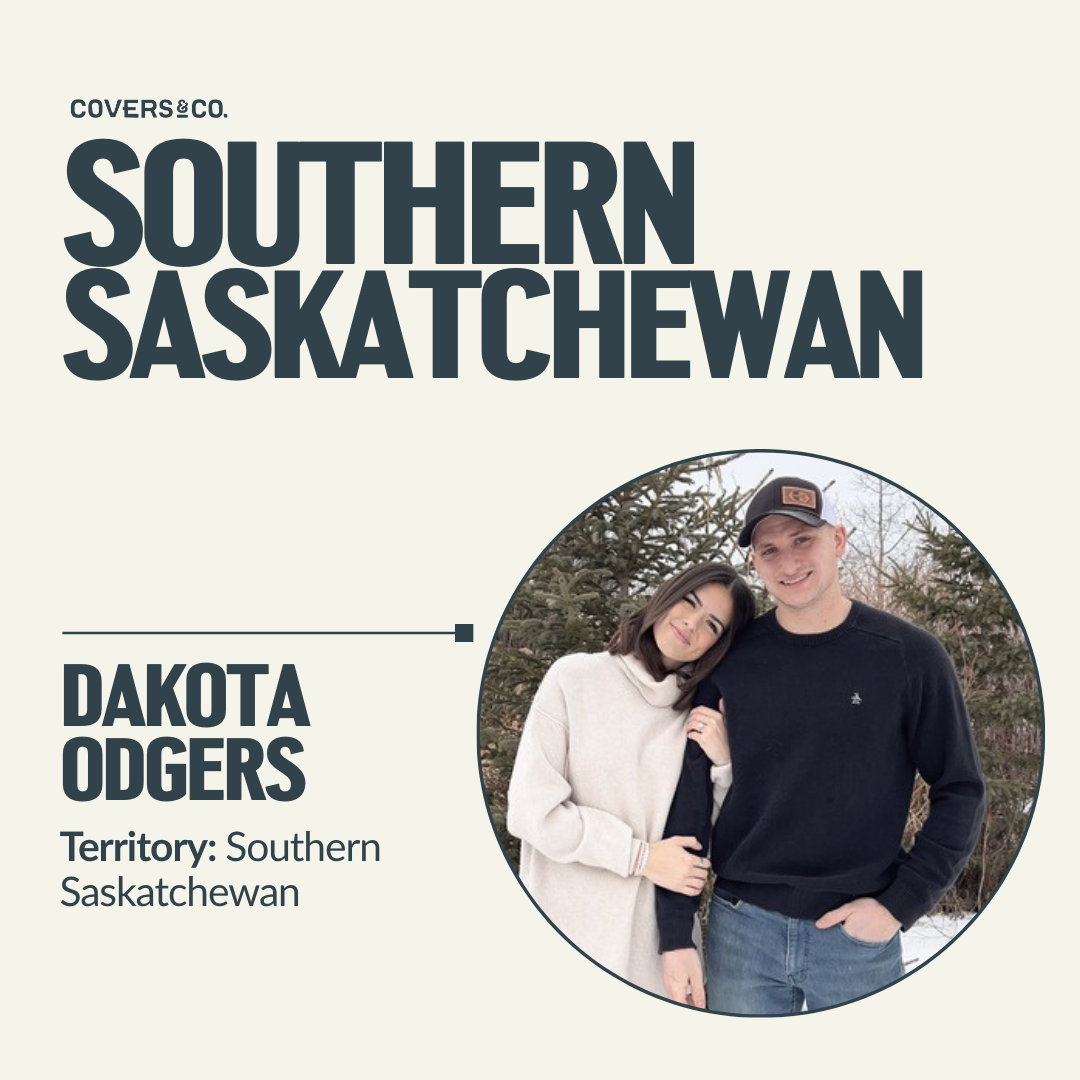plant Diversity Co.
Rejuvenation Cover
The Pasture Rejuvenation Cover
The Pasture Rejuvenation Cover
This blend comprises 100% perennial/biennial legumes designed to rejuvenate a perennial pasture stand that lacks diversity and overall production. This blend has been designed to be seeded directly with a drill or utilized in broadcast settings (drones, spin spreaders, etc.)
Important To Note: Patience, time, and management practice will be key to successfully establishing these legumes.
**Supply will be limited for the 2026 growing season.
This blend is designed to rejuvenate a perennial pasture stand. Please reach out to your Provincial Territory Manager for seeding & establishment best practices.
Seeding Rate: 5-10 Ibs/acre
SKU: 50 Ib bag
Inoculant: Legumes are pre-inoculated
FCC Financing is available for 2025-2026 seed purchases.
See below for the most frequently asked questions regarding the Pasture Rejuvenation Cover
The Rejuvenation Cover has been designed to be used in worn out, under producing pastures or hay fields that need a production/ diversity boost. In most cases this cover will be used on fields that producers are not wanting break up or cycling out into annual cropping. As well as marginal acres that could have wetlands and bushes throughout.
Direct Seeding: into an existing sod stand would be a first-choice method of seeding. This will ensure good seed to soil contact with all species in the mix and give them the best scenario to have success at germinating. Ideally a no till drill would be used to have minimal impact on the current species that are growing in the stand. Availability of these drills can be low so utilize the type of equipment that you have available if last resort.
Broadcast: If your field is in marginal land or you don’t have access to sufficient seeding equipment, we have developed the cover to be used in an aerial application situation. Drones, planes, spin spreaders could be used to seed. Patience (1-3 years) will be the most important factor, especially when broadcast seeding this cover.
Patience and a mind-set change will be critical when trying this cover and wanting to see results. As we are introducing very small seeds to an already growing sod it will be crucial to make some management changes to allow these seeds to have a chance to establish at some point.
Seeding in early spring followed by a high impact grazing and long recovery.
Seeding mid spring after a grazing has occurred, followed by season long recovery until the next spring.
Fall seeding in a dormant state with hopes the seedlings will utilize early season moisture and get ahead of already established forages.
These are a few of options that could be used but the list in endless, the biggest thing is change needs to be made. The hopes in year one is to get seeds into the seed bed and if direct seeded, then to see some germination. High amounts of production will likely not be seen in year one. This is a process that will take a few years to develop!
We have developed this blend to be seeded at 5-10 lbs/acre.
5 lbs/acre could be used to reduce cost, most likely in the direct seeding situation, in a wet environment with a lower percentage of grass population. This rate could also be used if producers are leery of having high amounts of bloat able legumes in their pasture stand in an event where germination responded very well.
10 lbs/acre would be suggested if in a broadcast setting as there is a higher percent chance more seeds don’t get the correct seed to soil contact that they need to germinate. Dryer environments could also benefit from a higher seeded rate to try and increase our chances of germination and success. If more intense management for grazing systems is being implementing, then a higher seeding rate with a high germination rate wouldn’t be a worry as producers will have a better grasp on controlling intakes on more legumes.
Diversity has always proved to come out on top when working with Mother Nature. In perennial pasture systems, species that are dominate from year to year can change with different weather conditions, soil types and as soil health improves. The reason for so much diversity in this mix is to set producers from all different contexts up for success.
Some species will work much better in some environments over others. Species will also change dominance in a stand over time while soils are improving. Something that germinates in year 1 might not be as dominant as something that has a chance to thrive in year 4 post seeding.
Perennial seeds can sit dormant in our soils and express themselves when the time is right. Very much the same as many native species that start showing up in pastures systems that have been in production for long periods of time.
We have utilized 4 types of alfalfas to make up a large portion of the blend. All 4 of them have different characteristics which we feel will put producers in a good position to succeed in different environments as well as different regions across their specific fields.
Creeping Root Purple Blossom Alfalfa has the same root structure as the newly incorporated Yellow Blossom Falcata Alfalfa. Both of these root systems have the ability to hold their own in grass based stand well after establishing. They perform well by adding coverage to a larger foot print than a tap root and seek moisture/nutrients at different levels that the standard tap root.
We are very excited to introduce to Falcata Yellow Blossom Alfalfa to this mix as it has some very great characteristics most grazers will benefit from. The Falcata is a yellow flowering alfalfa that has abilities to hold onto quality longer after maturing, its thin stem makes the entire plant much more desirable for overall consumption and its been proven to stay in stands for much longer on average that most purple blossom alfalfas.
Tap rooted alfalfa is a very common root structure in most pasture and hay land stands. Its ability to source moisture deep in the soil profile and seek nutrients in depleted soils is like no other.
Lastly we have added a Branch Rooted Alfalfa that has the abilities to withstand wet environments that could have water standing for longer periods of time after significant rain events. Instead of drowning in high water table regions the branch root is developed to thrive.
See below for some general information regarding each plant species in the blend
Plant Type: Cool Season Perennial Legume
Mycorrhizal Dependent: Yes
Why In The Blend? Non-bloat legume. High adaptability to its environment. Stays vegetative longer (indeterminate plant species)
Plant Type: Cool Season Perennial Legume
Mycorrhizal Dependent: Yes
Why In The Blend? Non-bloat legume. Excellent stockpiling qualities and ground cover.
Thrives in a long-rest environment.
Plant Type: Cool Season Biennial Legume
Mycorrhizal Dependent: Yes
Why In The Blend? A specific enzyme (polyphenol oxidase) in this plant allows the clover to break down in the abomasum, not the rumen, which uses the protein more efficiently. Grows well in shaded environments.
Plant Type: Cool Season Perennial Legume
Mycorrhizal Dependent: Yes
Why In The Blend? Non-bloat legume. Increased digestibility over alfalfa with more desirable stems. Holds onto leaves longer after frost than alfalfa.
Plant Type: Cool Season Perennial Legume
Mycorrhizal Dependent: Yes
Why In The Blend? High biomass potential. Successor plant that shows up when others are low producing. Deep taproot.
Plant Type: Cool Season Perennial Legume
Mycorrhizal Dependent: Yes
Why In The Blend? High forage quality. Different root structure compared to alfalfa & clovers. Large leaves at base of the plant.
Plant Type: Cool Season Perennial Legume
Mycorrhizal Dependent: Yes
Why In The Blend? Ability to withstand pressure from grasses due to its creeping root characteristic.
Provides better ground cover for the stand > tap rooted alfalfa.
Plant Type: Cool Season Perennial Legume
Mycorrhizal Dependent: Yes
Why In The Blend? Performs better in wet soils with low drainage. Able to utilize high water table soils.
Plant Type: Cool Season Perennial Legume
Mycorrhizal Dependent: Yes
Why In The Blend? High relative feed value. Potential for reaching moisture deep in the soil profile.
Plant Type: Cool Season Perennial Legume
Mycorrhizal Dependent: Yes
Why In The Blend? Creeping root plant. High leaf-to-stem ratio. Holds onto quality after flowering/maturing. Thrives in cool/dry environments.
If you’re looking for further education on the concept of multi-species cover crops or the Pasture Rejuvenation Cover, find a Local Producer Meeting near you.
This is an excellent opportunity to network with like-minded farmers from your area.
Feel free to contact your Provincial Territory Manager if you have any further questions regarding the Pasture Rejuvenation Cover.

Name: Keegan Miller
Home Farm Location: La Corey, Alberta
Territory: Northern Alberta & British Columbia

Name: Brendan English
Home Farm: Castor, Alberta
Territory: Central & Southern Alberta

Name: Tanner Hale
Home Farm Location: Hines Creek, Alberta
Territory: Peace River Country, Alberta

Name: Dakota Odgers
Home Farm Location: Spy Hill, Saskatchewan
Territory: Southern Saskatchewan

Name: Chance Rothwell
Home Farm Location: Shellbrook, Saskatchewan
Territory: Northern Saskatchewan

Name: Connor English
Home Farm Location: Bradwardine, Manitoba
Territory: Manitoba (all areas)